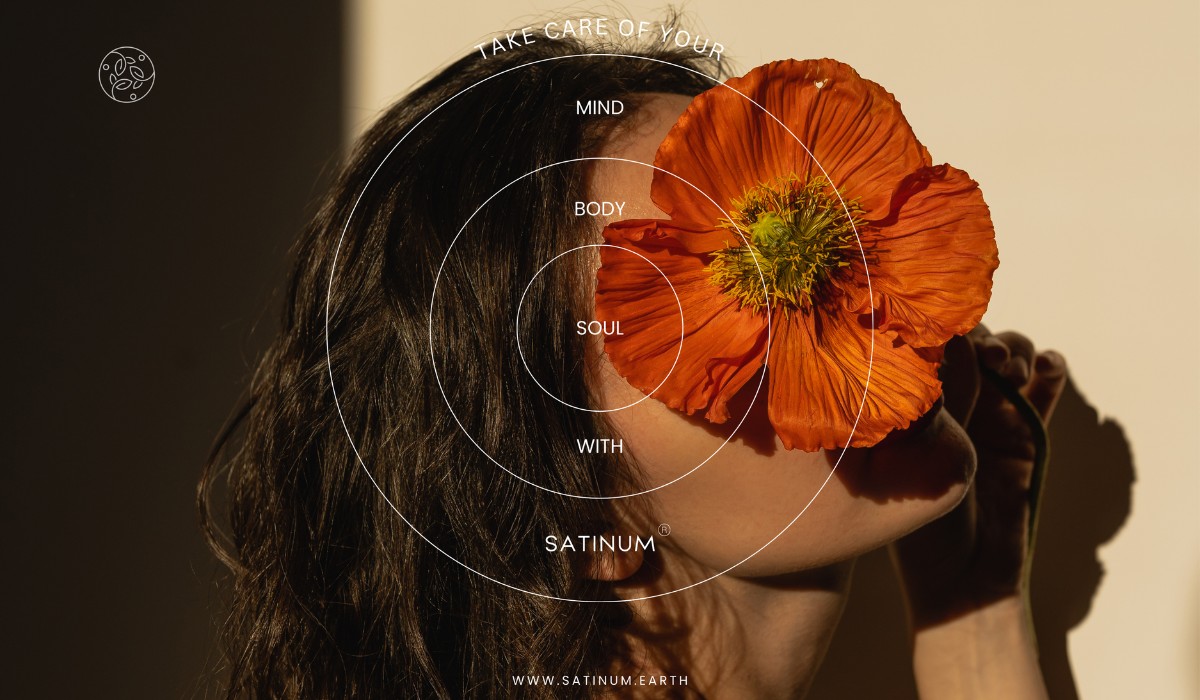World Bicycle Day is an annual event celebrated on June 3rd. It was established by the United Nations General Assembly in 2018 to recognize the bicycle as a simple, affordable, reliable, clean and environmentally fit sustainable means of transport. The selection of this date is significant as it commemorates the anniversary of the invention of the bicycle by Karl von Drais in 1817. The United Nations General Assembly officially designated this day in April 2018 to honor the bicycle’s exceptional qualities, durability, and versatility, considering it has been utilized as a practical mode of transport for over two centuries. The UN recognized the bicycle as a straightforward, cost-effective, dependable, eco-friendly, and sustainable means of transportation.
World Bicycle Day: Theme
The theme for this year’s World Bicycle Day is “Riding Together for a Sustainable Future.”

12 Benefits of Cycling, Plus Safety Tips
1. Cycling may help you lose weight
Cycling habitually, especially at a high intensity, can help lower your body fat levels, which promotes healthy weight management.
Additional studies suggest that including sprint and strength training with regular cycling may temporarily increase your metabolism and build muscle, which allows you to burn more calories, even while at rest.
2. Cycling will help strengthen your legs
Cycling improves overall function in your lower body and strengthens your leg muscles without overstressing your joints. It targets your quads, glutes, hamstrings, and calves.
To make your legs even stronger and enhance your cycling performance, try doing weightlifting exercises, such as squats, leg presses, and lunges, a few times per week.
3. Cycling is good for beginners
Riding a bike is fairly simple. If you have difficulty with a standard bicycle, stationary bikes are a great alternative.
If you’re new to fitness or bouncing back from an injury or illness, you can cycle at a low intensity. As you get more fit, you can increase the intensity or continue to cycle at a chill pace.
Studies have shown that even sedentary people reap the health benefits of cycling, so it can be a great introduction for exercise novices.
4. Cycling may lower cholesterol
The health-enhancing effects of cycling may help improve cholesterol levels, which can boost your cardiovascular health and lower your chances of stroke and heart attack.
According to one review of 300 studies, indoor cycling has a positive effect on total cholesterol. It may boost HDL (good) cholesterol levels while lowering LDL (bad) cholesterol and triglyceride levels.

5. Cycling boosts mental health and brain power
Cycling can ease feelings of stress, depression, or anxiety. Focusing on the road or your cadence when cycling can help you develop concentration and awareness of the present moment. This may help take your focus away from the mental chatter of your day.
Research backs this up. One study found that biking outside improved cognitive functioning and well-being for older adults.
If you find yourself feeling lethargic, listless, or like your brain is moving slowly, get on your bike for at least 10 minutes.
Exercise promotes the release of endorphins in your body, which helps you feel better while lowering your stress levels. As the study above found, exercise outdoors only increases these effects.
You may feel more confident and content once you make cycling a regular part of your life.
6. Cycling can help people with cancer
Cycling is a fantastic addition to your care plan if you have or are recovering from cancer. However, many cancer patients experience low energy and pain during treatment, so be sure to work with your care team, listen to your body, and exercise only if you’re up for it.
Cycling can also help keep you lean and fit, which may reduce your risk for certain types of cancer, including breast cancer.
According to research from 2019, if you have breast cancer, staying active may help reduce side effects of cancer treatment, including fatigue, and improve your overall quality of life.
7. Cycling can offer a positive start to your morning
Beginning your day with a healthy activity like cycling wakes you up by boosting your circulation and allows you to start your day with a sense of accomplishment. You may feel more inclined to make healthy, positive choices as the day progresses.
Fasted morning rides at a low intensity may burn fat, enhance endurance performance, and boost your energy and metabolism levels all day.
The caveat? The research seems to show that this is mainly true for casual bikers, and it’s not recommended that highly trained athletes fast before long endurance rides.
8. Cycling may help prevent and manage medical conditions
Whether you want to prevent health concerns from arising or manage existing conditions, regular exercise is key. Cycling regularly is one way to avoid a sedentary lifestyle and its possible accompanying health concerns.
Regular exercise can help prevent heart issues such as stroke, heart attack, and high blood pressure. Cycling may also help prevent and manage.
In fact, very recent research suggests regular cycling can lower mortality rates for people with diabetes by 24% and, if continued for at least 5 years, can decrease mortality rates by 35%.

9. Cycling is environmentally friendly
Reduce your carbon footprint by riding your bike whenever possible. Recent research in Europe found that commuting by bike instead of by car once a day decreases your transportation carbon footprint by 67%.
Cycling is a great replacement for transportation options that involve sitting in traffic for extended periods. It’s especially useful when you’re going places that are a bit too far to walk, but you don’t want to take a car.
A bonus is not having to fight for a parking space in crowded areas.
10. Cycling improves balance, posture, and coordination
As you stabilize your body and keep your bike upright, you’ll improve your overall balance and coordination and even your gait.
Balance tends to decline with age and inactivity, so it’s vital to stay on top of it. Improved balance is beneficial in the prevention of falls and fractures, which can help decrease your risk of injury and keep you off the sidelines.
11. Cycling is a low impact option
Cycling is easy on your body, providing a gentle, low impact option for people who want an intense workout without stressing their joints. Cycling is a great option for people who have joint concerns or overall stiffness, especially in the lower body.
12. Cycling may reduce the risk of cardiovascular disease
Cycling is a fantastic way to raise your heart rate, improve cardiovascular function, and enhance your overall fitness level.
The results of a 2019 review suggest that cycling is linked to a lower risk of cardiovascular disease. It’s also associated with lower mortality rates and lower rates of physiological risk factors such as diabetes, physical inactivity, and high blood pressure.











